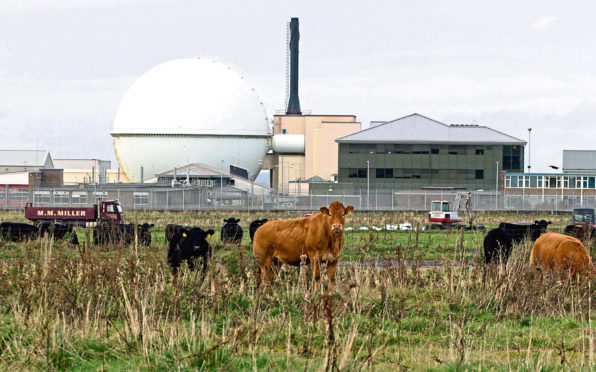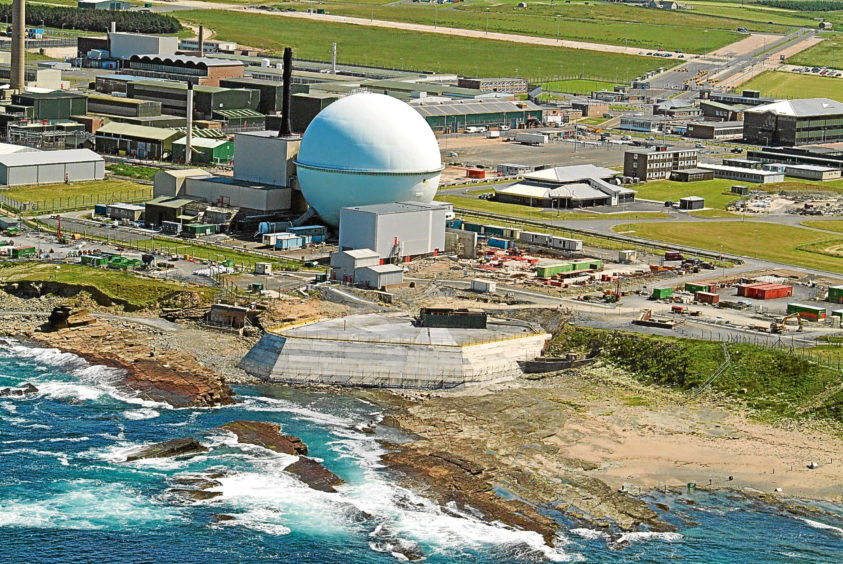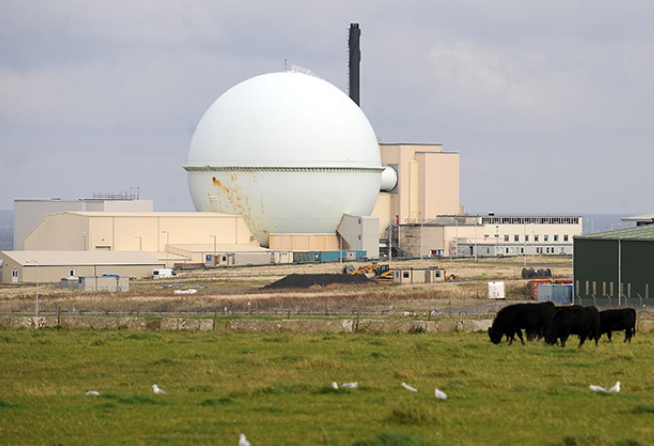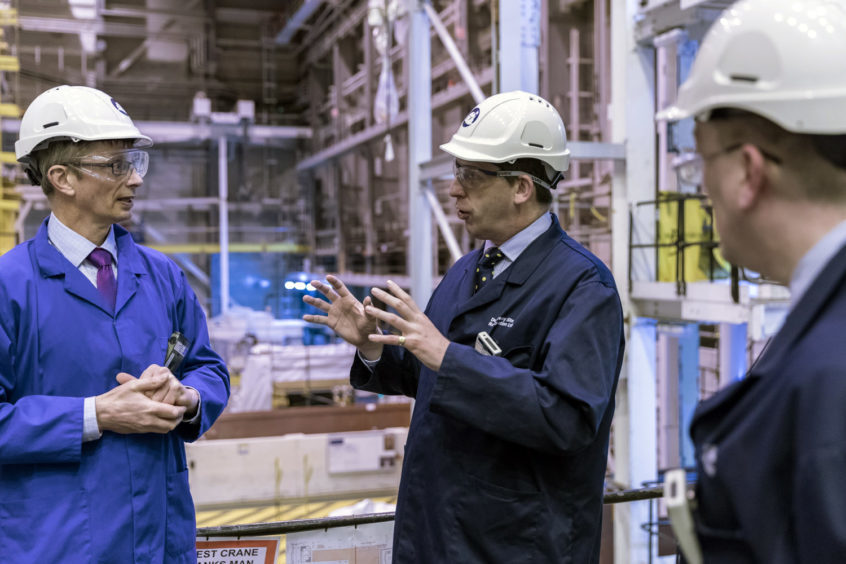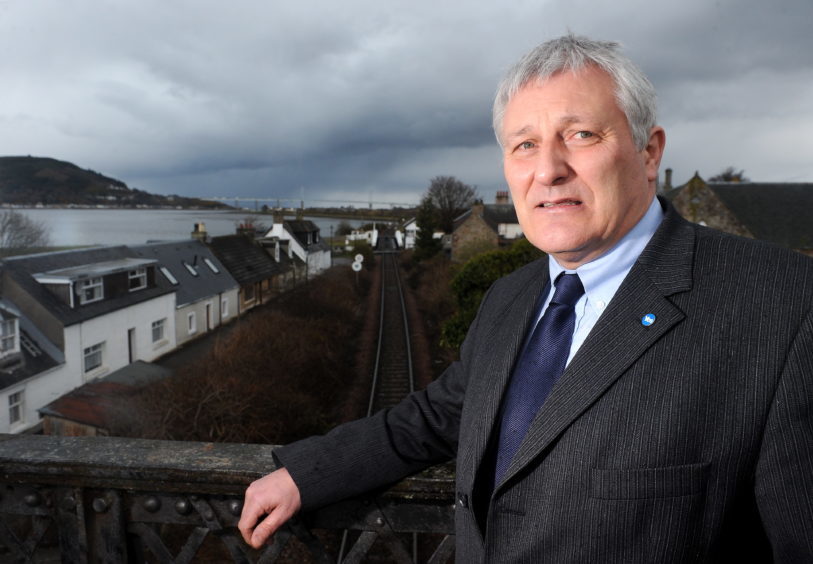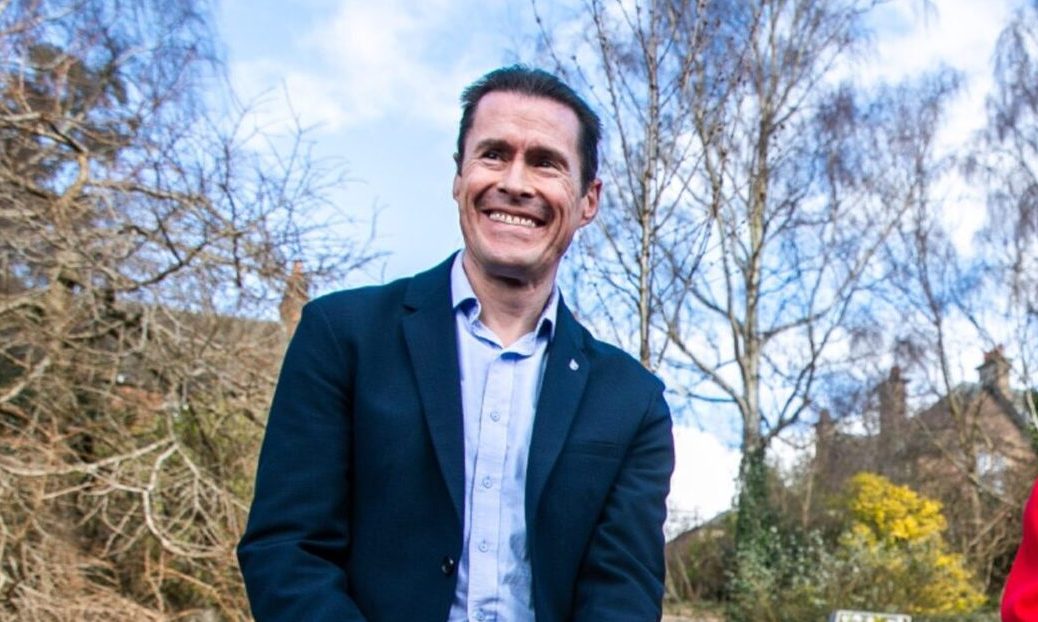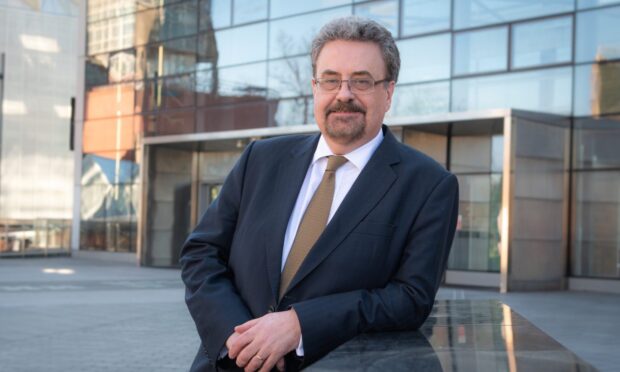A new leak of radioactive material triggered a fresh nuclear safety concern at the Dounreay site in Caithness, it can be revealed.
It has emerged that a mixture containing uranium radionuclides leaked from a transport drum storage area at the complex this year.
The quantity was initially thought to meet the criteria for informing government ministers of the incident.
However, a later investigation by the operators of the site found that the volume did not meet that threshold, and that there had been no risk to staff or the environment.
The Office for Nuclear Regulation (ONR), which has highlighted the incident in its latest site report for Dounreay, intends to follow up the investigation.
A spokeswoman for site operators Dounreay Site Restoration Limited (DSRL) said: “A small leak developed in a transport drum storage area on the Dounreay site.
“There was no release to the environment and no risk to personnel.
“Regulators were informed, an investigation was carried out and the cause was identified and remedial actions were put in place.
“It was not reportable under the ionising radiations regulations and it was confirmed there had been no breach of conditions under the Site Environmental Regulations permit.”
An ONR spokesman said: “In relation to the leakage, the initial investigation subsequently identified that the actual amount of leakage was significantly less than first assumed and was, in fact, below the threshold for formally notifying ONR.
“The leakage was contained within the contingency measures for such incidents and the non-volatile nature of the liquid meant there was no risk to workers or to the public as a result. We are awaiting the final investigation report.”
Built in the 1950s to push forward the UK’s nuclear energy ambitions, radioactive waste was disposed of at Dounreay from 1959 until an explosion in the shaft ended the practice in 1977.
Decommissioning the site by 2033 is viewed as one of the most complex closure programmes in Europe.
It meant that for about one hour there was no power for vital safety systems that monitor radiation and ventilation.
It was the second safety issue at the site in the space of 10 days, after radiological contamination was found on the hand and shoe of a worker at the plant near Thurso on June 7.
Work was temporarily halted at Dounreay after the discovery, although the levels of contamination detected were found to be “very low”.
As well as the recent leak in the transport drum, the ONR site report for the period between January and March also highlighted an incident involving a crane, in which “an operator became snagged in the lifting tag line”.
It added: “The site stopped all associated lifting work immediately and undertook a detailed investigation.
“The site also took the opportunity for a peer review of lifting operations to be conducted by a team from Devonport Dockyard.
“Both the investigation and the peer review identified a number of improvements to be implemented prior to resumption of crane operations on site.
“The results of the investigation and the improvement actions have been assessed by industrial safety and crane operations specialists within ONR.
“ONR has also examined evidence to gain assurance that the revised arrangements have been implemented and has reviewed the basis for lifting the ‘stop work’.”
A DSRL spokeswoman said: “We can confirm that the crane lift was stopped immediately and nobody was injured. An investigation was launched and operations stopped until both DSRL and the contractor were satisfied that work could safely resume.”
Scottish Green Highlands and Islands MSP John Finnie said: “Safety at Dounreay is a serious concern, and these are not the first incidents flagged up by the regulator.
“Radioactive waste was disposed of at the site for decades, and even after closure will remain deadly beyond the timescale of any containment measures yet invented.
“In 2007 the plant admitted contaminated particles had drifted into the sea.
“Nuclear power is neither safe, clean, cheap nor low-carbon, once you factor in waste storage, and leaves an open-ended legacy of serious environmental risk.”
